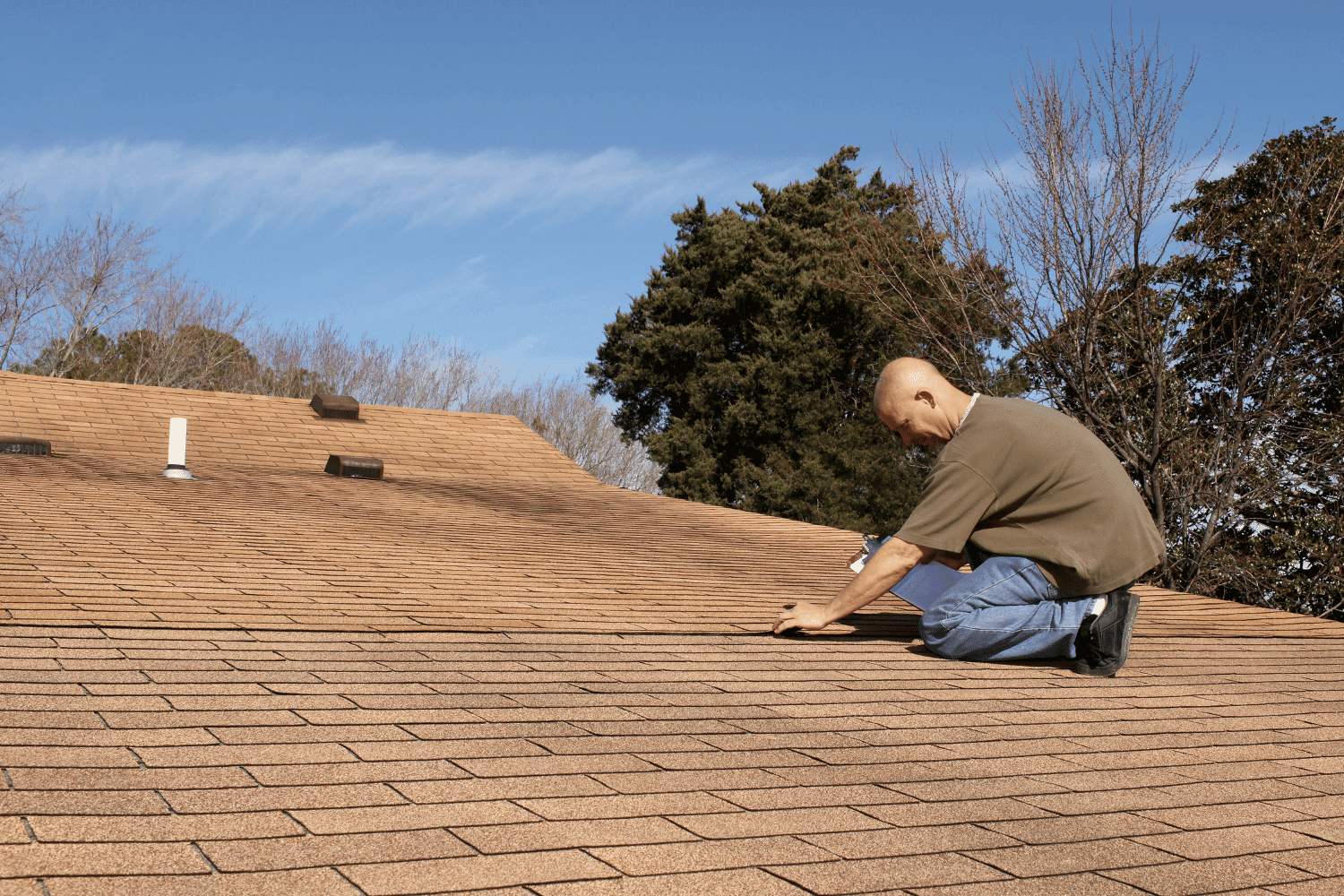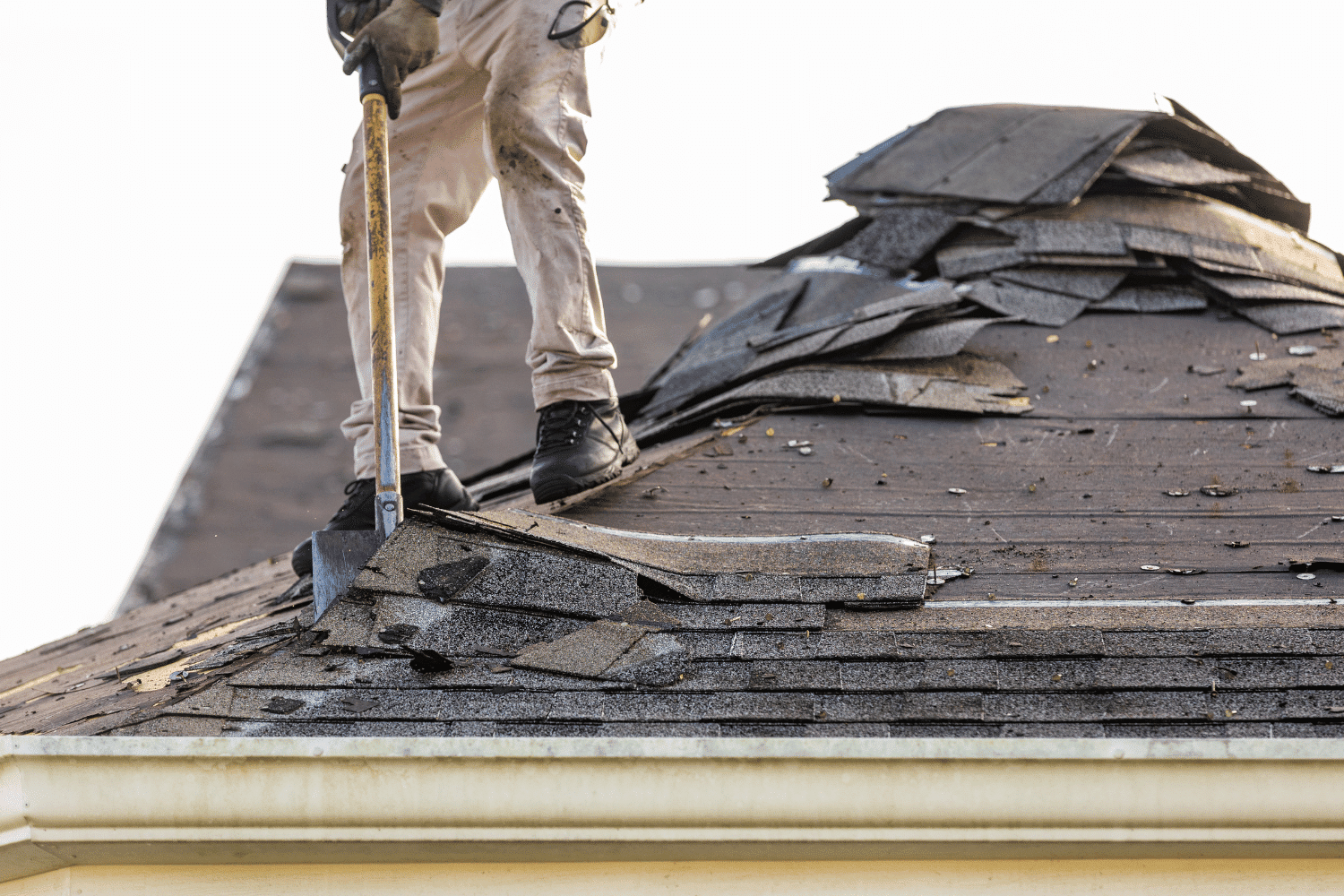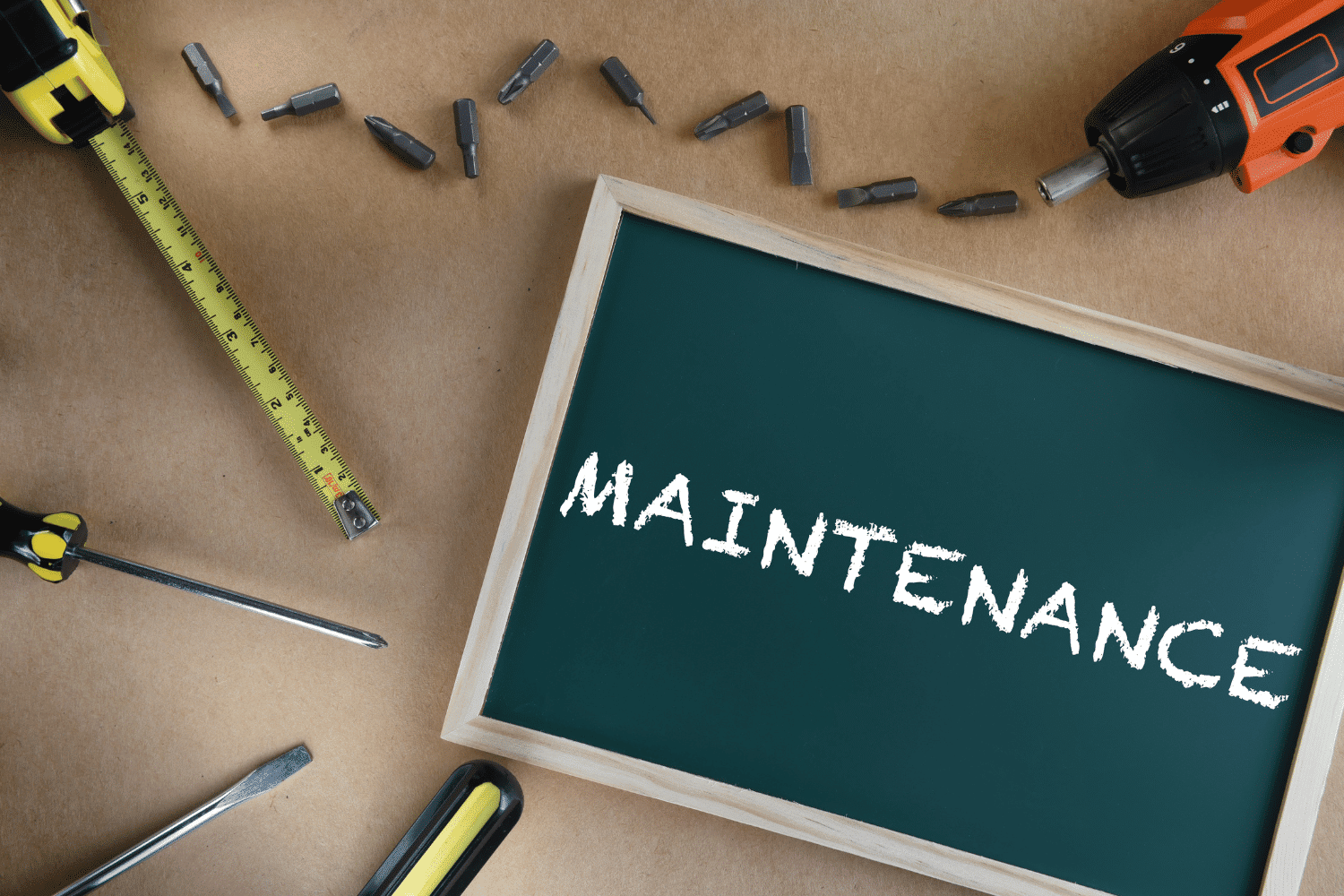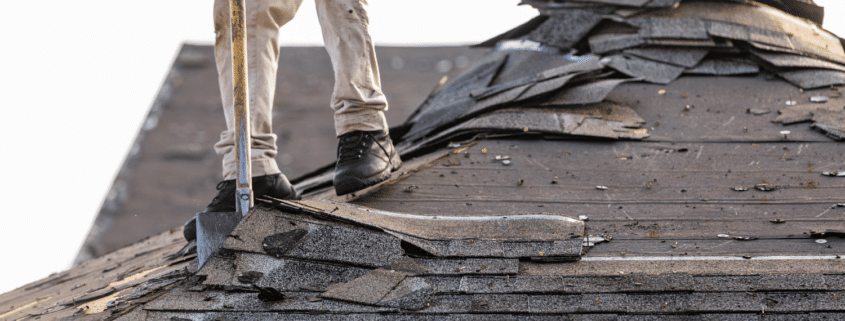8 Important Things to Consider When Replacing Your Roof: Your Ultimate Guide
Deciding to replace your roof can be daunting. With ‘8 important things to consider when replacing your roof’, our guide cuts through the complexity and directly targets the key decisions you’ll face. Whether it’s identifying signs of wear or selecting materials that match your needs and budget, we provide actionable advice to navigate this pivotal home improvement project confidently.
Key Takeaways
-
Regular evaluation of your roof’s condition, including understanding signs of damage and considering roof age, is crucial for determining whether to repair or replace your roof.
-
Choosing the right roofing material involves balancing factors like cost, durability, aesthetic preferences, and potential maintenance issues, with popular options including asphalt shingles and metal roofing.
-
Hiring a professional roofing contractor necessitates checking their licensing, credentials, experience, and insurance coverage to ensure quality installation and protect against liability.
Evaluating the Roof’s Current Condition

Regular check-ups and maintenance are as essential for your roof as they are for any other part of your home, ensuring its longevity and effectiveness. However, sometimes, these maintenance measures are not enough, and a full roof replacement becomes inevitable. Ignoring the signs of damage could lead to severe structural problems, making it even more important to evaluate your roof’s condition regularly. You might be wondering, how can I evaluate my roof’s condition? Well, the key lies in understanding the signs of damage and the age of your roof.
It’s crucial to know how to identify these signs of damage and understand how the age of the roof factors into this. Let’s explore.
Signs of Damage
Have you ever noticed a roof leak during heavy rainfall or missing shingles after a severe storm? These are some common signs of roof damage. While these signs may seem minor at first, they can escalate quickly, leading to significant structural damage and the need for a full roof replacement.
For instance, recurring leaks often indicate significant damage to the roof structure, necessitating a complete roof replacement. On the other hand, isolated leaks might only require a simple repair. Similarly, missing or damaged shingles can call for a roof replacement if the damage is extensive or if they’re nearing the end of their lifespan. Grasping these signs plays a critical role in determining whether your roof needs repairing or replacing.
Age of the Roof
The age of your roof is a significant factor when considering a roof replacement. Different roofing materials have different lifespans, and once a roof reaches its life expectancy, replacement becomes inevitable. For instance, while slate, copper, and tile roofs can last for more than 50 years, asphalt shingles typically have a lifespan of about 20 to 25 years.
Comprehending the age of your roof and its expected lifespan can guide you in deciding whether repairs or a full replacement are necessary. After all, an old roof is not just an eyesore but also a potential threat to the structural integrity of your home.
Choosing the Right Roofing Material

Once you’ve decided to replace your roof, the next critical step is choosing the right roofing material. Your choice of roofing material will directly impact the durability, aesthetics, and the overall cost of the replacement. Moreover, with a variety of roofing material options ranging from asphalt shingles, metal roofs, to synthetic materials such as rubber, plastic, and polymer, the choice can often be overwhelming.
Considering factors such as lifespan, safety, and curb appeal is vital in making an informed decision. At this point, you might be wondering, how do I choose between asphalt shingles and metal roofing? Well, let’s have an in-depth look at both these options.
Asphalt Shingles
When it comes to affordability and versatility, asphalt shingles often top the list. They come in a variety of types and colors, providing good value for their cost. Moreover, the installation and maintenance of asphalt shingles are relatively straightforward, making them a popular choice among homeowners.
However, like any other roofing material, an asphalt roof has its drawbacks when it comes to asphalt shingles. They can be vulnerable to moisture, which may lead to lifting, bubbling, and accelerated degradation if not properly maintained. Thus, a decision to choose asphalt shingles should come with careful consideration and a commitment to regular maintenance.
Metal Roofing
On the other hand, metal roofs offer several advantages:
-
Durability: Metal roofs can last up to 70 years.
-
Energy efficiency: They can greatly reduce cooling costs by reflecting solar heat.
-
Resistance to extreme weather conditions: Metal roofs are highly resistant to hail, wind, and fire.
-
Variety of styles: Metal roofs come in a variety of styles, including shingles, panels, and tiles.
-
Safety: Metal roofs are regarded as safe for areas susceptible to wildfires.
However, it’s important to be aware of some potential challenges before deciding to go with metal roofing. Metal roofs can be noisy during rain or hail, can dent, and may rust in coastal climates. However, these issues can be mitigated with certain materials and coatings, making metal roofing a viable option for many.
Selecting a Professional Roofing Contractor
Choosing the right roofing material is just half the battle won. The other half lies in selecting a professional roofing contractor who can effectively execute your roof replacement. After all, even the best roofing materials can fail if not installed properly. It’s imperative to check the following before hiring a roofing contractor:
-
Licensing
-
Credentials
-
Experience
-
Insurance coverage
So, how do you select a professional roofing contractor who ensures quality workmanship and adherence to safety standards? Let’s delve deeper into the two critical aspects you should consider: credentials and experience, and warranty and insurance.
Credentials and Experience
The credentials and experience of a roofing contractor can serve as a reliable indicator of their competence. Experienced roofers are adept at both installation and problem-solving, ensuring the successful completion of roofing tasks. Moreover, longevity in the business often indicates a contractor’s stability and experience.
Apart from experience, the credentials of a contractor also hold significant importance. Manufacturer certifications like Master Elite Contractor and Select ShingleMaster signify a roofer’s high level of skill and commitment to quality, often resulting in stronger warranties. Therefore, choosing a contractor with a proven track record and manufacturer certifications can ensure high-quality results.
Warranty and Insurance
Discussing warranties and obtaining proof of insurance policies are crucial while choosing a roofing contractor. Adequate insurance coverage, including general liability insurance and workers’ compensation insurance, can protect you against potential damages or injuries during the roofing project.
Workmanship warranties protect you from problems related to installation, and some extended manufacturer warranties even cover installation workmanship if the contractors have completed certain training. Discussing these aspects and obtaining necessary documentation before the project starts is therefore of utmost importance.
Budgeting for Roof Replacement
Budgeting for roof replacement is a crucial step in the process. The cost of a new roof can significantly vary depending on the roofing materials and labor costs. For instance, the average cost for a new roof replacement in Michigan is generally between $5,800 and $16,100 for a 2,000-square-foot roof.
Being aware of these costs can assist in planning your budget and avoiding any unforeseen expenses.
Preparing Your Home for Roof Replacement

With the roofing material and contractor decided, and your budget set, the next step is preparing your home for the roof replacement. As the project begins, securing your belongings, protecting outdoor items, and ensuring the safety of children and pets is critical during this process.
Inside the house, wall decorations should be removed or secured, and personal belongings in the attic should be covered or removed. Outside, patio furniture, grills, and yard decorations should be moved to a secure location away from the work area. Taking these steps can ensure a smooth and successful roof replacement, especially during the roof removal process when the roof removed can cause debris to fall.
Understanding the Roof Replacement Process

Keeping track of the roof replacement process can help homeowners ensure that everything is progressing as planned. The process includes:
-
Initial roof inspection to estimate the age and assess the condition of your roof.
-
Getting the roof replaced by removing old roofing materials.
-
Any necessary repairs to the roof frame or sheathing to ensure a sturdy base.
Following these initial steps, the installation process begins. This includes:
-
The installation of water and ice barriers
-
A metal drip edge along the fascia boards
-
The underlayment Finally, new shingles or tiles are applied, and a safety inspection is conducted to approve the new roof. This detailed understanding can help you ensure a smooth and successful project.
Energy Efficiency and Ventilation
Energy efficiency and proper ventilation are two aspects that often go overlooked during roof replacement. An energy-efficient entire roof can save you significant amounts on your energy bills annually while improving home comfort by reflecting the sun’s radiation away from the house.
Similarly, proper ventilation in a roof is vital for maintaining healthy roof conditions, preventing moisture accumulation, and enhancing indoor air quality. Ventilation helps regulate attic temperature, reducing the risk of heat buildup and ice dam formation.
Hence, selecting energy-efficient roofing materials and ensuring proper ventilation can prolong your roof’s lifespan and decrease energy bills.
Maintenance and Longevity

The journey doesn’t end with a successful roof replacement. Regular inspections, cleanings, and maintenance are key to extending the life of your roof and maintaining its aesthetic appeal. Regular roof inspections can help identify potential issues early, particularly in the spring and fall, or after significant weather events like heavy storms.
Regular checks and maintenance play a vital role in detecting minor damages that could develop into more serious issues if overlooked. Therefore, investing time and effort in regular roof maintenance can lead to cost savings by averting the need for premature replacement and unexpected repair expenses.
Summary
To sum up, roof replacement is a significant undertaking that requires careful planning and execution. From evaluating your current roof’s condition, choosing the right roofing material, selecting a professional roofing contractor, to understanding the roof replacement process, each step is crucial in ensuring a successful project. Regular maintenance is key to extending the life of your roof and maintaining its aesthetic appeal. So, don’t wait for the rain to come pouring down through your living room. Act now and give your home the protection it deserves!
Frequently Asked Questions
What do I need to know about installing a new roof?
Before installing a new roof, consider local roofing companies, get multiple quotes, avoid cheap options, understand the materials and components, and explore your roofing material options. This will help you make an informed decision.
How do I prepare my roof for repair?
Make sure to think about kids and pets, relocate your vehicles, remove wall decorations, cover belongings in the attic, move grills and patio furniture away from the work zone, prune trees, cut grass, and identify accessible power outlets before your roof repair. This will help ensure the process goes smoothly and protect your property during the repair.
What happens if it rains while getting a new roof?
If it rains during a roof installation, the crew will use tarps to cover any exposed areas until it’s safe to resume the installation. This prevents water damage to the roof decking.
What are the cons of roof replacement?
Roof replacements can be expensive due to the cost of materials, labor, and the time it takes to complete the project. Additionally, roof replacements take longer than repairs to complete.
How do I know when my roof needs replacement?
You can know when your roof needs replacement by conducting regular inspections for signs of damage such as leaks, missing or damaged shingles, and age-related wear and tear. If these signs are extensive or recurrent, it might be time for a roof replacement.


 Residential Roofing
Residential Roofing Storm Damage
Storm Damage Multi-Family Homes
Multi-Family Homes
